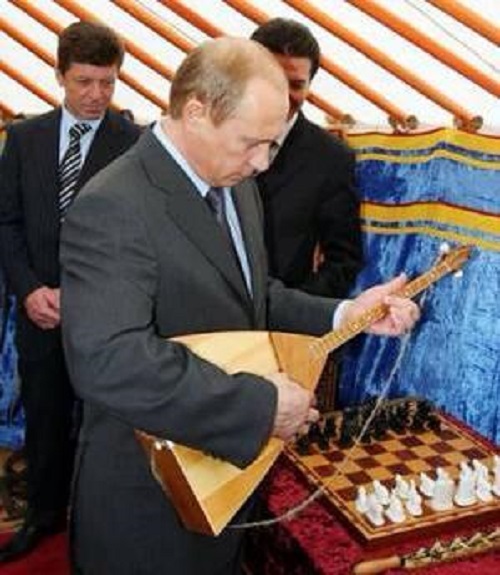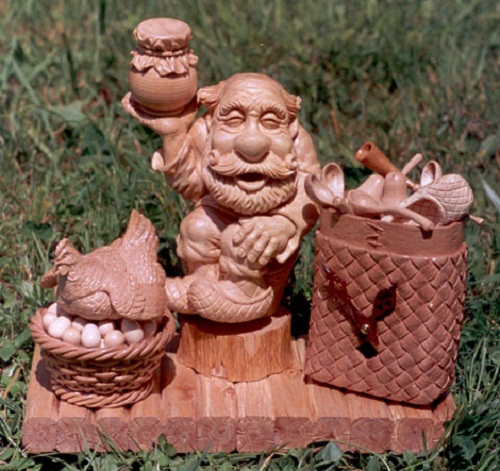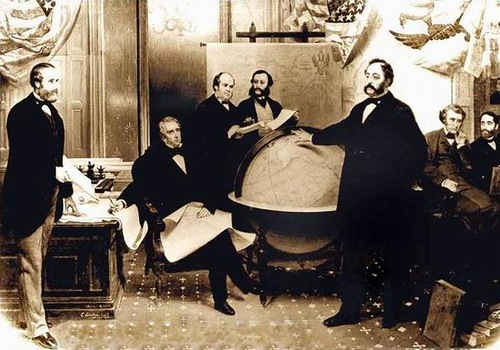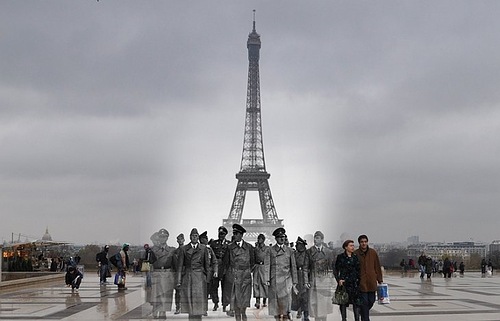Balalaika 70 years ban in the U S A
Balalaika 70 years ban in the U S A. On the second October 2010, U.S. President Barack Obama extended the ban on the sale of balalaika in the U.S. until 2020. Background goes back to the pre-war time, when the then head of the administration in Washington, Franklin Roosevelt signed a secret decree banning the balalaika in the country for 10 years. It happened in 1940 and since then has regularly renewed the decree. Since 2000, the decree of Clinton extended ban to Alaska. Balalaika – one of the tools that have become, along with an accordion, a symbol of the Russian people.![]()
The earliest known reference to the Balalaika is in 1688 in a book speaking of a people called Skomorokhi. According to Russian history, these were minstrels who traveled around the country and performed at weddings, fairs and other events.
Preserved rare photo of Tsarevich Alexei Nikolaevich, made aboard the imperial yacht “Standart” in the summer of 1907, in which the crown prince, surrounded by three cadets playing the balalaika. This is the only known case of heir to the Russian throne, who not only learned, but also loved to play the national instrument.
Meanwhile, the reason for the ban was formally the fact that balalaika had been banned in Czarist Russia by the Orthodox Church and the state for “allowing to mock authority.” However, to play the balalaika in the USA is not completely prohibited. All you need – a special license. Besides, not allowed bulk sale of this instrument, and industrial manufacturing. That’s why the book by J. Flynn, “How to make a balalaika”, released in 1984, gained a fantastic popularity with 9 editions. For ordinary Americans who want to enjoy the sounds of the balalaika, no other way but to make it with hands. To buy a balalaika in the store will not be possible for at least another ten years.
V.V. Andreev founded the orchestra, gradually introduced new methods of playing the balalaika, allowing to expand and enrich the repertoire. Andreev had great success with the St. Petersburg audience. In 1887, the first time he performs as a soloist in a concert piano accompaniment, making thus an instrument balalaika concert stage. In 1888, Vladimir Andreev publishes guide “School for balalaika”.
Balalaika, a Russian folk instrument with three strings and a triangular body, played like a banjo. It has a long neck with frets on the fingerboard. The belly is flat and the back is made from several flat pieces of wood, each meeting at an angle. The tuning is usually to the E, E, and A above middle C. In the 19th century a full family was created, with sizes down to double bass, and balalaika orchestras became popular in Russia and elsewhere.
Balalaika 70 years ban in the U S A

Leonid Bruk with contrabass balalaika, Alex Siniavski – balalaika, and Mikhail Smirnov – guitar. Kings Plaza Macys, Brooklyn, New York City

Flying Balalaika Brothers’ represents Russian folk music, crossover to bluegrass and many other international acoustic styles
sources:
americanews.ru/en/h49/16940.html
barynya.com
artnow.ru/ru/gallery/8/5131.html



































